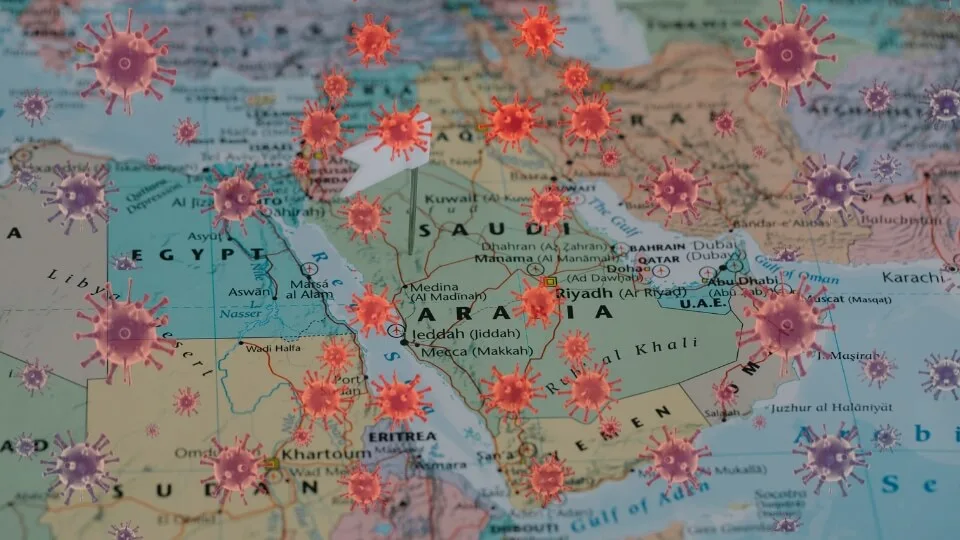Ramy Mohamed Ghazy, Haider M. El Saeh, Shaimaa Abdulaziz, Esraa Abdellatif Hammouda, Amira Mohamed Elzorkany, Heba Khidr, Nardine Zarif, Ehab Elrewany & Samar Abd ElHafeez
One of the strategies of the World Health Organization End Tuberculosis (TB) was to reduce the catastrophic costs incurred by TB-affected families to 0% by 2020.Catastrophic cost is defined by the total cost related to TB management exceeding 20% of the annual pre-TB household income. This study aimed to estimate the pooled proportion of TB affected households who incurred catastrophic costs. We searched PubMed, SciELO, Scopus, Embase, Google Scholar, ProQuest, SAGE, and Web of Science databases according to Preferred Reporting Items of the Systematic Reviews and Meta-Analysis (PRISMA) guidelines till November 20, 2020. Eligible studies were identified and data on catastrophic costs due to TB were extracted. We performed a meta-analysis to generate the pooled proportion of patients with TB facing catastrophic costs. From 5114 studies identified, 29 articles were included in the final analysis. The pooled proportion of patients faced catastrophic costs was (43%, 95% CI [34–51]). Meta-regression revealed that country, drug sensitivity, and Human immune-deficiency Virus (HIV) co-infection were the main predictors of such costs. Catastrophic costs incurred by drug sensitive, drug resistant, and HIV co-infection were 32%, 81%, and 81%, respectively. The catastrophic costs incurred were lower among active than passive case findings (12% vs. 30%). Half (50%) of TB-affected households faced catastrophic health expenditure at 10% cut-off point. The financial burden of patients seeking TB diagnosis and treatment continues to be a worldwide impediment. Therefore, the End TB approach should rely on socioeconomic support and cost-cutting initiatives.




